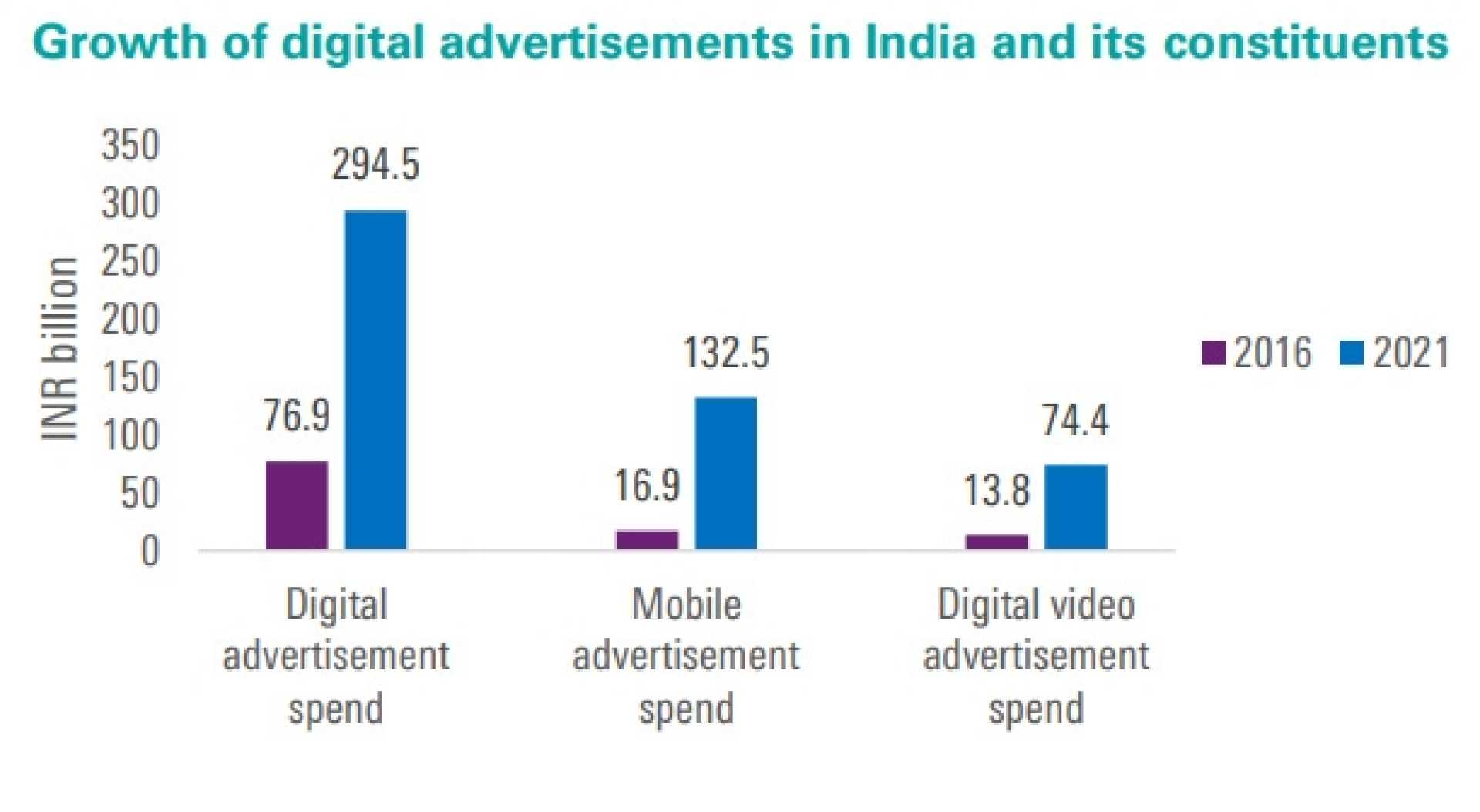Business
‘Attention’ Replaces ‘Impressions’ as Key Metric in India’s Digital Ad Market

Mumbai, India — A recent study has revealed that India’s digital advertising market is thriving, valued at ₹50,000 crore. However, the research suggests that advertisers may be focusing on the wrong metrics. Conducted by Snap Inc., WPP Media, and Lumen Research, the report indicates that ‘attention’ is the real driver of brand outcomes, especially among the country’s 377 million Gen Z audience.
For years, the digital advertising industry believed that a viewable ad equated to its effectiveness. The study, involving eye-tracking technology and a sample of over 3,000 individuals aged 16 to 35, challenges this notion.
The findings show that attention holds a greater predictive value for brand recall and favorability compared to view-through rates (VTR). Specifically, attention is eight times more effective than VTR for brand recall and four times better for improving brand favorability. Even a slight increase of 5% in attention can lead to a 12.5% boost in favorability.
The study categorizes attention levels into three segments: less than one second, which aids recall; between three to nine seconds, which shifts perception; and over nine seconds, which yields diminishing returns. This data challenges the assumption that longer ad exposure is inherently more beneficial.
Moreover, there is a notable generational divide. Gen Z reportedly pays 34% less attention to ads on traditional social media platforms compared to millennials, and 10% less to digital video ads overall. However, Gen Z shows a preference for immersive, opt-in ad formats. For example, Snapchat’s AR Lenses achieved twice the attention of standard digital ads and were three times more effective at capturing active attention.
“This research doesn’t just prove that attention matters,” said Amit Chaubey, head of Marketing Science for APAC at Snap. “It gives brands a playbook to plan for it, measure it, and turn it into real business impact.”
The study introduces a new metric called Attention per Mille (APM), which measures the total seconds of human attention for every 1,000 impressions. This new approach suggests a more accurate method for assessing ad efficiency by proposing cost per APM as an alternative to traditional cost per mille (CPM).
Despite a higher CPM, Snap Lenses provided the highest APM and the most economical cost per APM, outperforming both YouTube skippable ads and Facebook in-feed formats.
“Genuine human attention is the single most powerful predictor of business outcomes,” Mike Follett, CEO of Lumen Research, stated. “It’s time the entire media ecosystem caught up.”
The study also recommends strategies to enhance attention, including focusing on platforms where users are more engaged, opting for skippable ad formats like AR lenses instead of non-skippable, and using user-generated content (UGC), music-led, and consistently branded creatives.
“By moving beyond legacy metrics and focusing on genuine attention, we can build more effective and efficient media plans,” Amin Lakhani, CEO of WPP Media South Asia, concluded.












